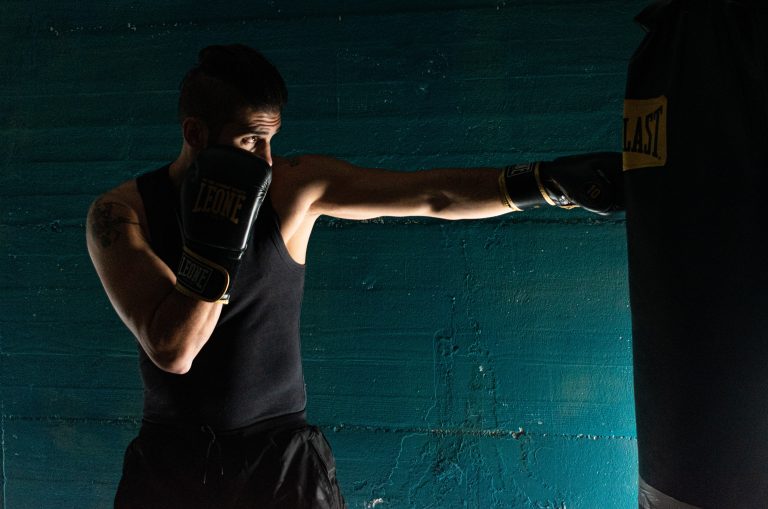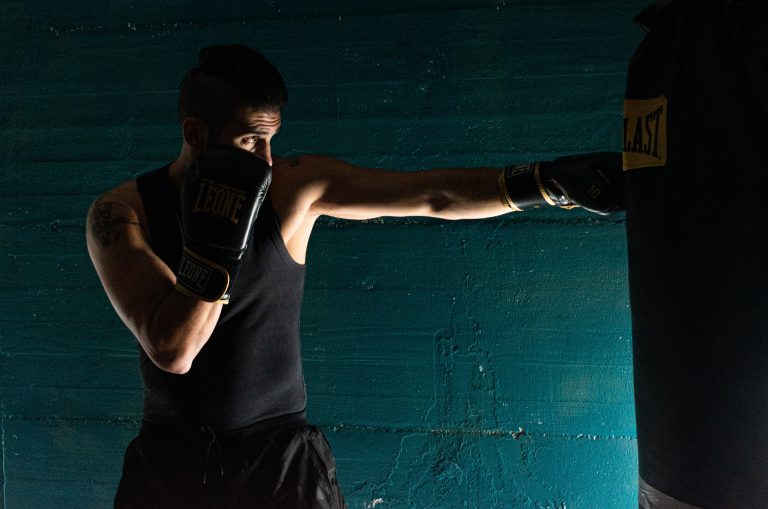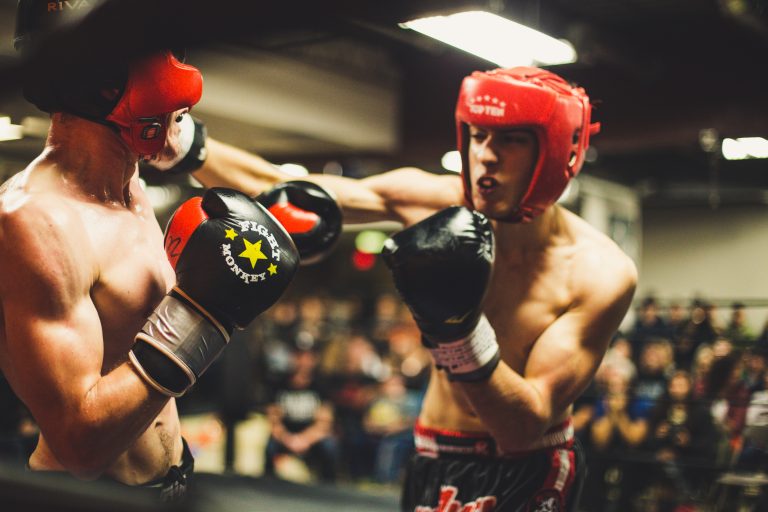How Many Black Belts Are There in Shotokan Karate?
Shotokan Karate is one of the most popular martial arts disciplines in the world. It is named after its founder, Gichin Funakoshi, who developed the style in the early 20th century. Shotokan Karate is known for its powerful strikes, dynamic movements, and rigorous training. It is a discipline that requires a lot of dedication, perseverance and hard work. One of the key goals in Shotokan Karate is to attain a black belt. But how many black belts are there in Shotokan Karate? In this blog post, we will explore the answer to this question.
What is a Black Belt in Shotokan Karate?
A black belt in Shotokan Karate is a symbol of a practitioner’s mastery of the art. It is the highest rank that can be attained in the discipline. The black belt signifies that the practitioner has attained a level of proficiency in the basic techniques, katas (patterns of movements), and kumite (sparring) that is considered to be outstanding. It also means that the practitioner has spent years perfecting their skills, and has demonstrated a deep understanding of the underlying principles of Shotokan Karate.
How Many Black Belts Are There in Shotokan Karate?
The number of black belts in Shotokan Karate is difficult to determine because it is not officially recorded. However, it is estimated that there are millions of black belts worldwide who practice Shotokan Karate. This number includes practitioners who have earned their black belts through different organizations, associations, and federations that teach Shotokan Karate.
It is important to note that the requirements for obtaining a black belt in Shotokan Karate can vary between organizations, associations, and federations. Some organizations may require a minimum of four years of training to become a black belt while others may require more. Additionally, the exams for each level of black belt can also differ between organizations.
In Shotokan Karate, there are 10 levels of black belt:
- 1st Dan (Shodan)
- 2nd Dan (Nidan)
- 3rd Dan (Sandan)
- 4th Dan (Yondan)
- 5th Dan (Godan)
- 6th Dan (Rokudan)
- 7th Dan (Shichidan)
- 8th Dan (Hachidan)
- 9th Dan (Kudan)
- 10th Dan (Judan)
The black belt rankings are awarded by the Shotokan Karate organizations, associations, and federations based on the practitioner’s skill and experience. A practitioner must pass a series of tests and meet certain requirements to be eligible for an exam. The exam includes demonstrating specific techniques, katas, and kumite. Each level of black belt requires greater proficiency, experience, and knowledge of Shotokan Karate.
How Many Black Belts are There in Shotokan Karate? FAQs
Shotokan Karate is one of the most popular forms of martial arts in the world, and for many people, the highest achievement in this discipline is obtaining a black belt. However, there is often confusion about how many black belts there are in Shotokan Karate. In this FAQ, we will be answering some of the most frequently asked questions related to this topic.
1. What is Shotokan Karate?
Shotokan Karate is a martial art that originated in Japan and was developed by Master Gichin Funakoshi. It is based on traditional Japanese martial arts, emphasizing physical fitness, self-defense, and personal development. Shotokan Karate is known for its powerful kicks and punches, as well as its focus on building strong, disciplined individuals.
2. How Many Levels of Black Belts are there in Shotokan Karate?
There are ten levels of black belts in Shotokan Karate. These levels are referred to as Dan grades. The first Dan grade is often seen as the most important, as it represents a mastery of the basics of Shotokan Karate. Subsequent Dan grades represent further mastery of the discipline.
3. How Long Does it Take to Achieve a Black Belt in Shotokan Karate?
The length of time it takes to achieve a black belt in Shotokan Karate varies depending on the individual. On average, it takes around 3-5 years of dedicated training to achieve a black belt. However, this can vary depending on factors such as the person’s natural ability, the amount of training they do, and the quality of their instruction.
4. Is it Possible to Skip Grades and go Straight to a Black Belt?
It is possible to skip grades in Shotokan Karate, most commonly done when someone who already holds a black belt in a different martial art transitions to Shotokan Karate. However, it is generally not advised to skip grades as it can lead to gaps in a person’s knowledge and experience.
5. What is Required to Obtain a Black Belt in Shotokan Karate?
In order to obtain a black belt in Shotokan Karate, a person must demonstrate proficiency in all aspects of the discipline. This includes proficiency in basic techniques such as striking, blocking, and kicking, as well as kata (a series of predetermined movements), kumite (sparring), and self-defense techniques.
6. Is There a Percentage of People Who Obtain a Black Belt?
There are no official statistics on how many people obtain a black belt in Shotokan Karate. However, it is estimated that only a small percentage of people who begin martial arts training ever achieve a black belt. This is due to a combination of factors, including the dedication and commitment required to reach this level, as well as the high standards upheld by many Shotokan instructors.
7. Can You Wear a Black Belt in Another Style of Karate in Shotokan Karate?
If someone already holds a black belt in another style of Karate, they can wear that belt in Shotokan Karate until they are ready to test for a Shotokan Karate black belt. However, once they earn a Shotokan Karate black belt, they would switch to wearing the Shotokan Karate belt.
8. Is There a Difference Between a Black Belt in Shotokan Karate and Other Styles?
While the basic principles of martial arts are often similar between different styles, there can be differences in the specific techniques and approaches used by different schools. A black belt in Shotokan Karate can be considered to represent a mastery of the specific techniques and approaches taught within that style. However, it may not necessarily be directly comparable to a black belt in another style of martial arts.
9. Can You Get a Black Belt Online?
There are some online martial arts courses that offer black belts as part of their program. However, these are generally not considered to be reliable or legitimate ways to obtain a black belt. This is because there is no way to verify that the person has actually developed the necessary skills and knowledge required to achieve a black belt through an online course.
10. How Do You Test for a Black Belt in Shotokan Karate?
In order to test for a black belt in Shotokan Karate, a student must demonstrate proficiency in all aspects of the discipline. This typically involves a formal examination before a panel of qualified Shotokan instructors. The examination will cover basic techniques, kata, kumite, and self-defense techniques. Grading for black belts is typically done in person and is not something that can be obtained solely through an online course.
How many black belts are there in Shotokan Karate?
If you are a Shotokan Karate practitioner, one question you might have is, „how many black belts are there in Shotokan Karate?“ This is a legitimate question, and it is important to know the answer for several reasons. For example, it can help you determine your rank in comparison to others in your dojo or in the karate community. In this guide, we will discuss the various ranks in Shotokan Karate and how many black belts there are in the system.
Understanding the Belt System in Shotokan Karate
The Shotokan Karate belt system has ten kyu (rank) levels and ten dan levels. The kyu ranks are beginner levels while the dan ranks are advanced levels. The kyu ranks are colored belts, while the dan ranks are black belts. The kyu ranks are as follows:
– 10th kyu: white belt
– 9th kyu: white belt with a yellow stripe
– 8th kyu: yellow belt
– 7th kyu: yellow belt with a green stripe
– 6th kyu: green belt
– 5th kyu: green belt with a blue stripe
– 4th kyu: blue belt
– 3rd kyu: blue belt with a brown stripe
– 2nd kyu: brown belt
– 1st kyu: brown belt with a black stripe
The dan ranks, or black belt ranks, are then as follows:
– 1st dan: Shodan
– 2nd dan: Nidan
– 3rd dan: Sandan
– 4th dan: Yondan
– 5th dan: Godan
– 6th dan: Rokudan
– 7th dan: Shichidan
– 8th dan: Hachidan
– 9th dan: Kudan
– 10th dan: Judan
Answering the Question
Now that we understand the belt system in Shotokan Karate, we can answer the question, „how many black belts are there in Shotokan Karate?“ The answer is that there are ten black belts in Shotokan Karate. These are the ten dan levels, ranging from 1st dan to 10th dan.
It is important to note that the dan ranks are not given out based on the number of years of training or solely on techniques learned. Receipt of a dan rank also takes into account attitudes, ethics, character and contributions to the dojo and the society as a whole.
Conclusion
In conclusion, the Shotokan Karate belt system has ten kyu levels and ten dan levels. There are ten black belts in Shotokan Karate, from Shodan to Judan. Understanding the system can help you determine your rank and can give you a better understanding of the system as a whole. Remember that receiving a dan promotion also takes into account overall character development and leadership, and not simply the technical knowledge gained over the years. Keep practicing and striving to be a well-rounded martial artist, and you will be on your way to earning your own black belt rank.
Inhaltsverzeichnis






